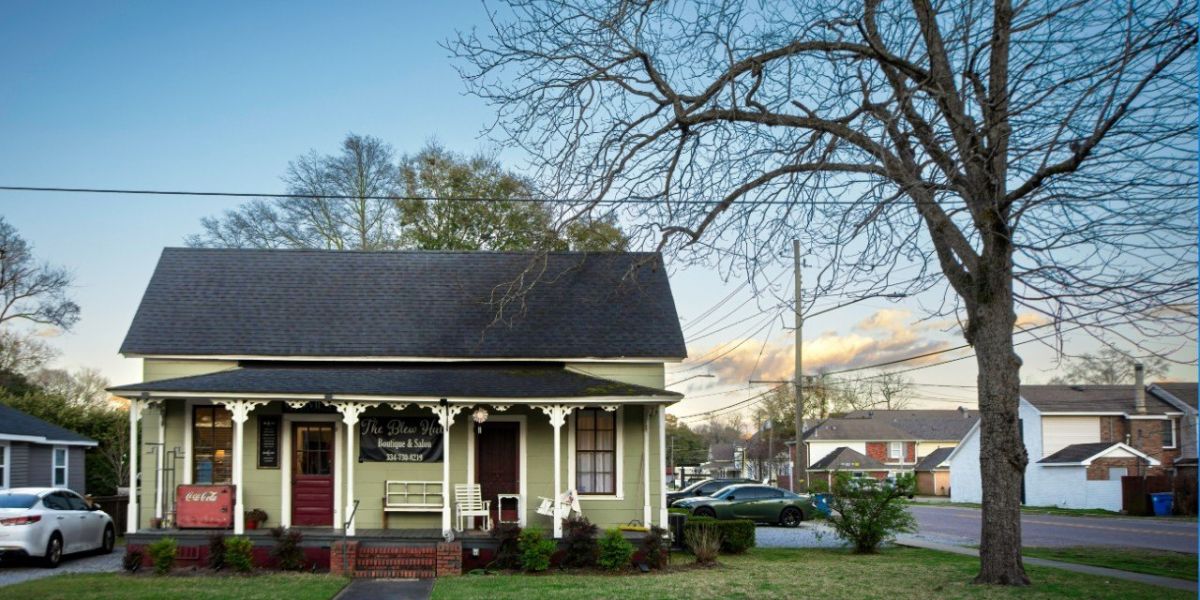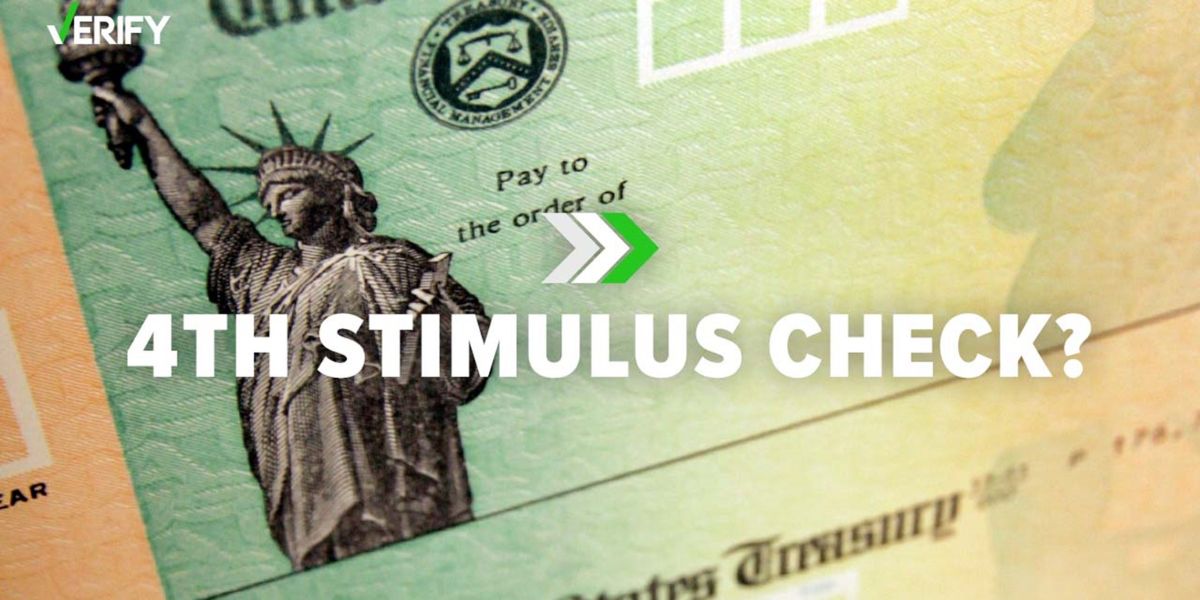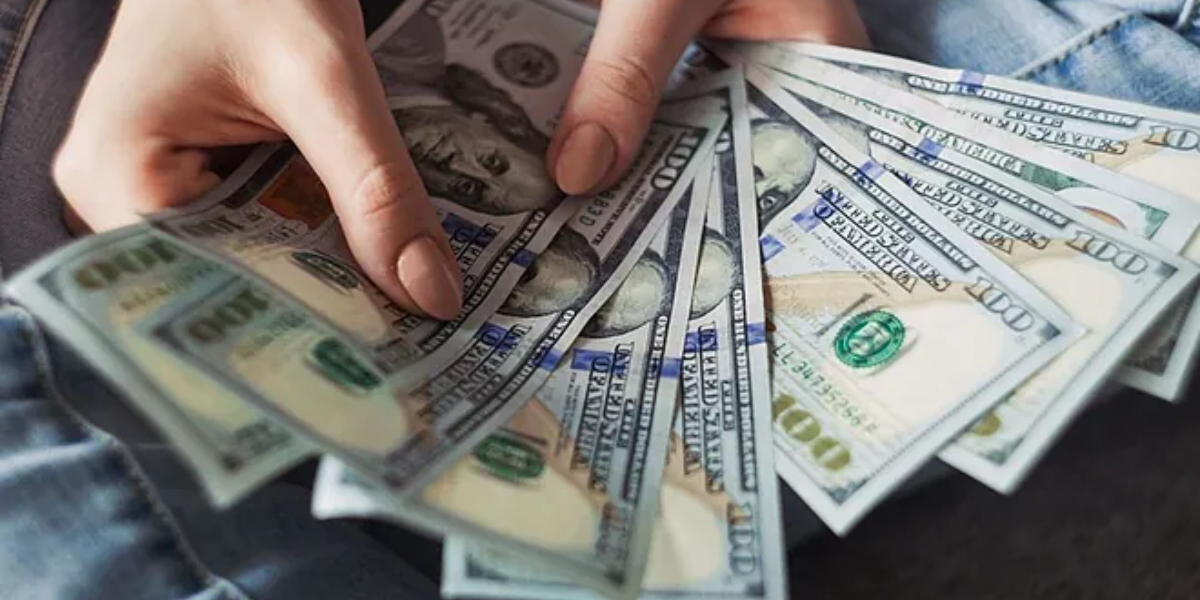A growing number of Alabama homeowners are learning the hard way: sitting on decades of home equity can come with a tax surprise. It’s a little-known consequence of a federal tax rule that hasn’t changed since 1997—and it’s quietly reshaping how and when people move.
This home equity tax—or the capital gains bill triggered by the sale of a primary residence—now affects 13.4% of homeowners in Alabama, according to new data from the National Association of REALTORS. That group has built up more than $250,000 in home value appreciation, enough to breach the federal exemption for single filers. For joint filers, 2.0% of Alabamians are over the $500K threshold.
It’s part of a broader national trend that could soon impact the majority of American homeowners.
A 1997 tax rule that hasn’t kept up with home prices
When Congress set the capital gains exclusion limits—$250,000 for individuals and $500,000 for couples—in 1997, they were considered generous. But in the 27 years since, the rule hasn’t been adjusted for inflation.
Meanwhile, U.S. home prices have climbed over 260%, pushing many middle-class homeowners past the original limits. If the caps had kept pace, they would sit around $660,000 and $1.32 million today.
This disconnect between appreciation and tax protection has created what housing economists call the “stay-put penalty”, according to the NAR. It’s a major factor behind why long-term homeowners are increasingly reluctant to sell, even when downsizing or moving closer to care might otherwise make sense.
Alabama’s real estate market, known for its affordability, hasn’t escaped this trend. More than 189,000 homeowners in the state have surpassed the federal $250K cap. And with Alabama taxing capital gains as regular income at a 5% state rate, the financial hit can be considerable.
According to a recent Realtor.com finance report, homeowners who’ve stayed in their properties the longest—often those nearing or in retirement—are most likely to be affected by these outdated tax thresholds.
How Alabama compares to its Southern neighbors
Compared to high-appreciation markets like California or Washington, Alabama’s exposure to the capital gains cliff may seem mild. But within the South, it still signals a concerning trend.
Here’s how Alabama stacks up:
- Georgia: 31.3% over $250K
- Florida: 47.8% over $250K
- Tennessee: 36.1% over $250K
- Mississippi: 7.9% over $250K
At 13.4%, Alabama sits below the regional average, but the number of exposed homeowners is only expected to grow as values inch upward.
While markets like Florida and Georgia continue to see rapid appreciation, Alabama’s steady rise still places many long-term owners at risk for tax exposure if they sell.
By 2035, the Tax Burden Will Hit More Alabamians
The forecast is sobering. Nationally, 69.3% of homeowners are expected to exceed the $250,000 limit by 2035. Over 38% could go over the $500,000 mark.
Even in more moderately priced markets like Alabama, the tax exposure is rising. Homeowners over the cap here are projected to face an average federal tax liability increase of $29,149 in 10 years—before adding any state taxes.
Without updates to the federal code, many homeowners may continue to defer selling, contributing to what the NAR calls a freeze in housing inventory. Legislation such as the More Homes on the Market Act proposes raising the exemption to $500,000 for individuals and $1 million for couples, restoring the rule’s original intent and unlocking more listings in the process.
Until then, more than one in ten Alabama homeowners remain caught in a system where staying too long—or selling too soon—can both come at a cost.




